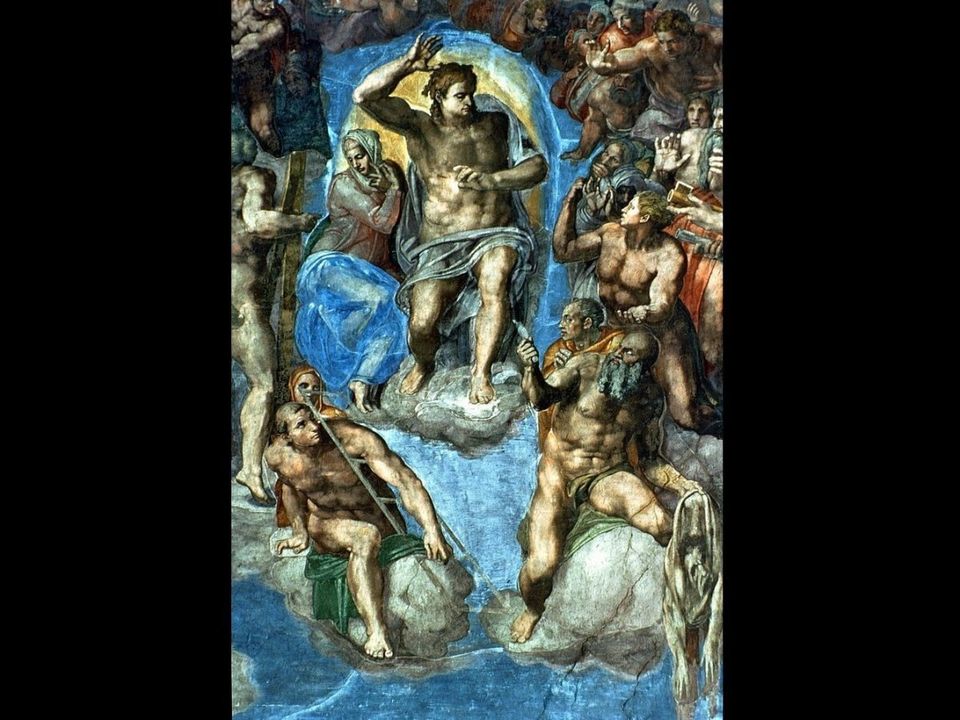New light is being shed on a star painting in Tate Britain's new pre-Raphaelite exhibition after phallic symbols were apparently discovered in the work.
Pre-Raphaelites: Victorian Avant-Garde traces the 19th century British art movement led by Dante Gabriel Rossetti, William Holman Hunt and John Everett Millais.
Tate curator Dr Carol Jacobi is challenging the reputation of Victorians being repressed with a research paper on the painting Isabella (1848) by Millais in the show.

Can you spot the phallic symbols?
Her paper, to be published through the Tate, examines phallic symbols in the painting of two merchant brothers from Florence who discover that their sister has been having an affair with a clerk, Lorenzo. In the medieval story, retold in the Keats poem Isabella, the enraged brothers murder the clerk but Isabella digs up his body and plants his head in a pot of basil.
Dr Jacobi said that the shadow of a nutcracker, as well as the shape of one of the brother's legs, appears to be phallic symbols.
"It's not a one-off or a Freudian slip. It enriches our understanding of what is so hard to do in painting. It enriches our understanding of the characters," she said.
"This exhibition gives us the chance to look at it. Is it deliberate? If so, why would he have included it? It's quite shocking and unusual. It might be that the brothers are thinking about the desire and the dangers of desire.
"But more research needs to be done into how the Victorians saw what was Millais' first pre-Raphaelite painting."
Asked why the apparently phallic symbols were not noticed before, Dr Jacobi, whose paper is entitled Sugar, Salt And Curdled Milk: Millais And The Synthetic Subject, said: "When you look at a painting you have a story in your mind, so if something slips out you don't see it."
Dr Jacobi, who did not curate the Tate show, said another image in the painting, of salt being spilled, would have been familiar to Victorian audiences as a reference to a lack of sexual self-control.
The exhibition, which opens on 12 September, has been five years in the making and will also be shown in Washington, Moscow and Tokyo.
Andrew Lloyd Webber and Led Zeppelin guitarist Jimmy Page have loaned some of the 150 works of sculpture, photography, drawings and applied arts on display.
